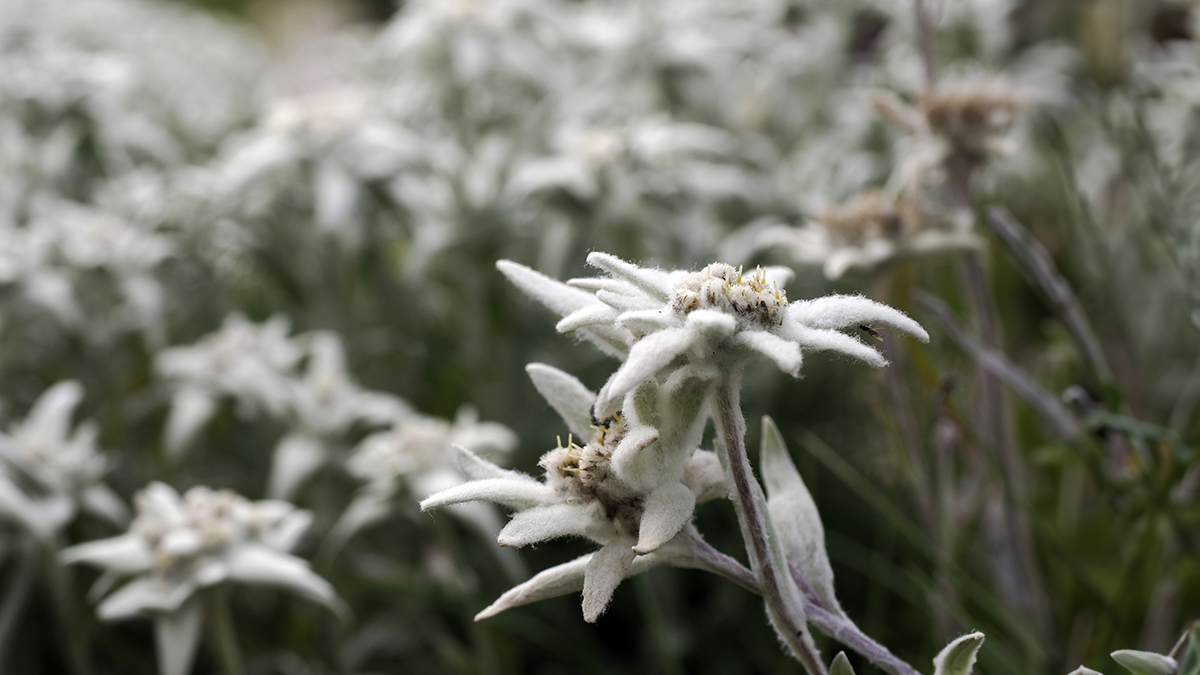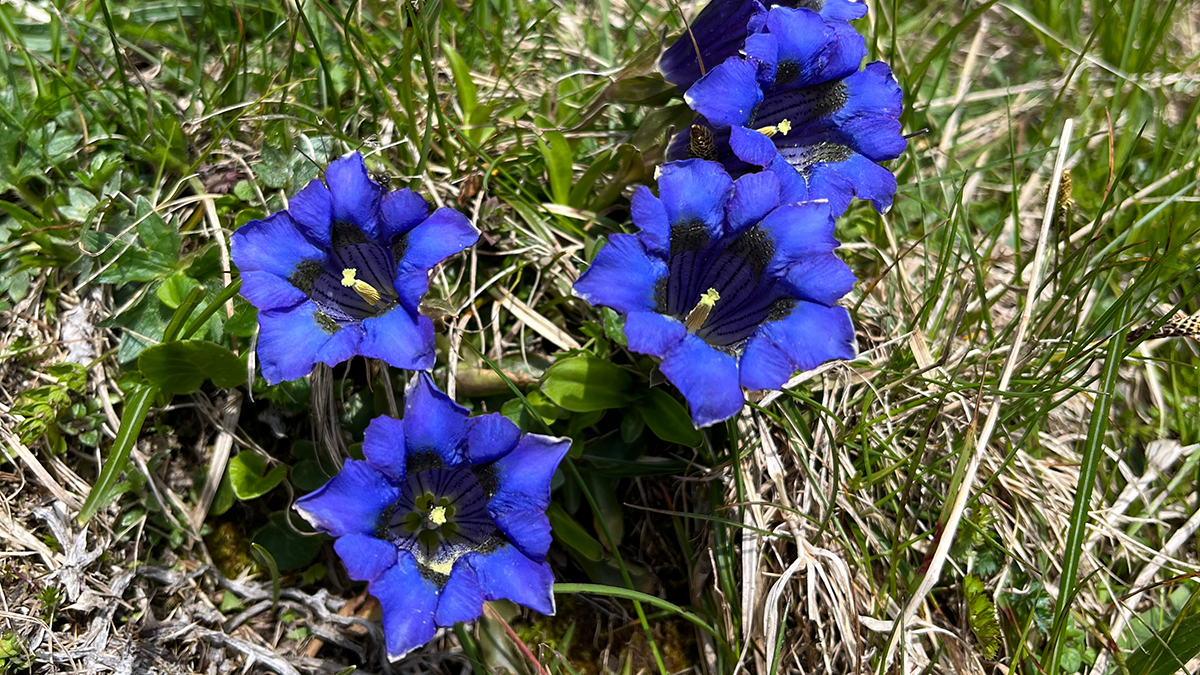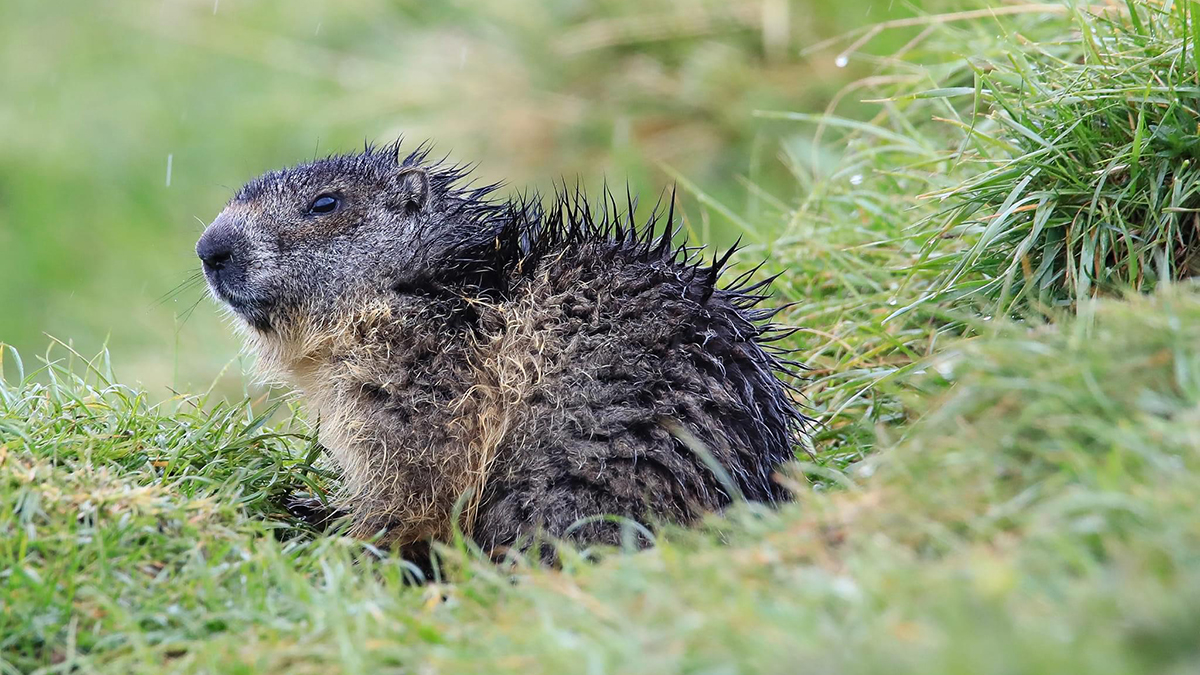A paradise of biodiversity: flora and fauna
The Baldo mountain chain has certain unique features, which account for the sheer number of species of flora and fauna that live here. These features are associated with the glacial origin of these mountains, and with the presence of Lake Garda, which acts as a sort of thermal flywheel and an air conditioner for the area.
Monte Baldo is also known as the "Garden of Europe” and is renowned for its incredible biodiversity, making it one of the most important areas of natural interest both in Italy and throughout Europe.
Some basic factors leading to this biodiversity are both the latitude of Mount Baldo at 45 degrees north, and its altitude, which ranges from 65 m above the level of the lake to over 2000 m on the highest ridges.
The mountain hosts almost 50% of all alpine flora and also very many species of alpine fauna.
All the different microclimates in Italy are also found on Mount Baldo.
But what do we mean by biodiversity?
We could compare it to a thermometer, a way to measure the number of species living in a given area and so to gauge the quality of the environment.
What are the risks to Monte Baldo of global warming?
The main risk will be a depletion of biodiversity. With rising temperatures, the alpine climate near the summit will disappear, and so we will lose some rare species, such as Callianthemum Kernerianum Freyn, an endemic species on Monte Baldo that grows around the summit from the Naole ridge to Monte Altissimo di Nago.

Flora
The flora of Monte Baldo is particularly abundant and diverse, with over 1,600 plant species recorded. This range of flora includes many endemic species, some of which are found nowhere else in the world. The different altitudes on Monte Baldo have produced a series of habitats ranging from broadleaf forests to alpine meadows, each with its own characteristic flora.
- The Basal Zone (up to 1,000 m): this is mainly characterised by oak and chestnut woods, with many types of ferns and wildflower in the undergrowth.
- The Mountain Zone (1,000-1,500 m): this area features both beech and coniferous forests, with species such as spruce and larch. In spring, the undergrowth is full of flowers such as wood anemones and gentians.
- The Subalpine and Alpine Zone (over 1,500 m): the Alpine grasslands are home to many rare and protected species, such as edelweiss, pennywort and rhododendrons. These areas are particularly spectacular in summer, when the meadows are carpeted with colourful flowers.
Fauna
The fauna of Monte Baldo is similarly abundant and varied, with the different environments providing homes for many animal species, some of which are rare or threatened.
- Mammals: chamois and roe deer are among the most common mammals, while in the quieter, more remote areas you can see foxes, badgers and martens. Wolf sightings have also been reported recently.
- Birds: Monte Baldo is wonderful for birdwatching. Among the most important species are the golden eagle, the peregrine falcon, the eagle owl, and various diurnal and nocturnal raptors. In addition, many species of passerines can be seen in the woods and grasslands.
- Reptiles and Amphibians: various types of reptiles live in these areas, such as the common viper and the green lizard, and amphibians such as the fire salamander and the alpine newt.
- Insects: the variety of habitats has led to the presence of many types of insects, with numerous species of butterflies, beetles and other insects, some of which are very rare and limited to a certain area.
Monte Baldo has been the subject of several conservation and protection programmes, with the aim of both preserving rare and endemic species and maintaining a balance in the natural ecosystems. Many areas are protected as nature reserves, and sustainable tourism practices are encouraged to minimise the impact on the environment. Sustainable tourism means being responsible and careful, aware of the impact of every action and form of conduct on the surrounding environment.
It is important to underline that the mountain is a fragile system. It has its own internal balance, and in order to respect this, it is crucial to ensure that you make the right choices.
For example, most people only tend to visit at weekends, without considering the fact that (depending on the commitments of work) you can enjoy the mountains in a calmer, more relaxing way by coming on days which are less busy.
In short, Monte Baldo is a unique example of biodiversity, a place where nature displays itself in all its splendour, offering a unique experience to anyone wishing to explore its many wonders.












